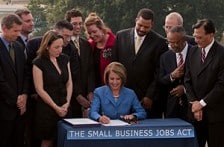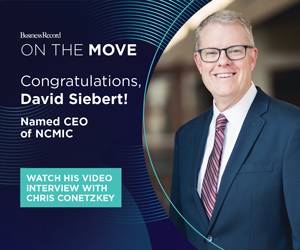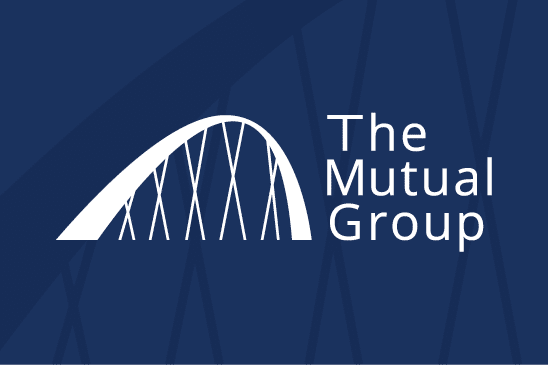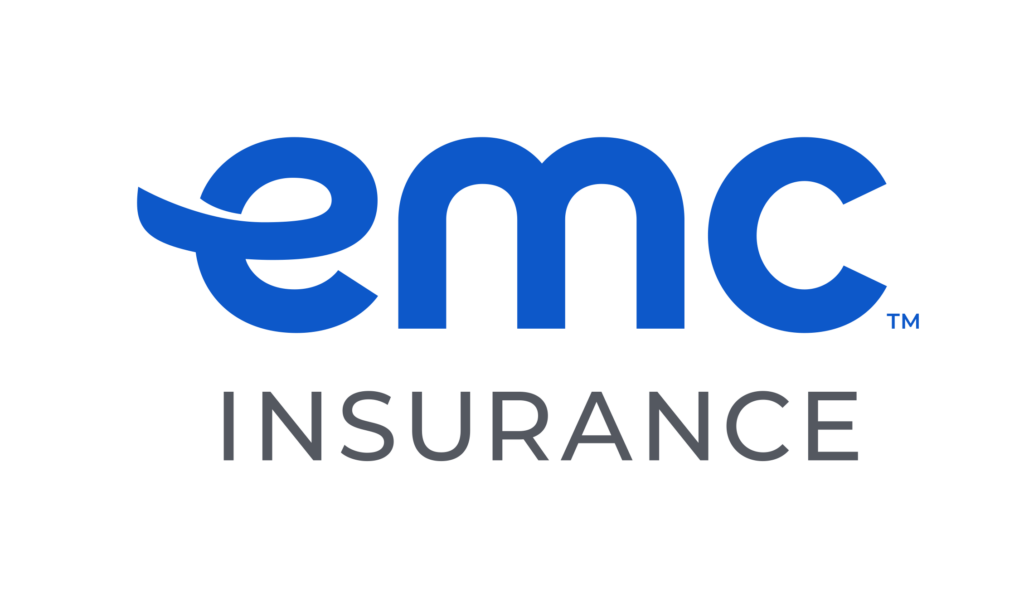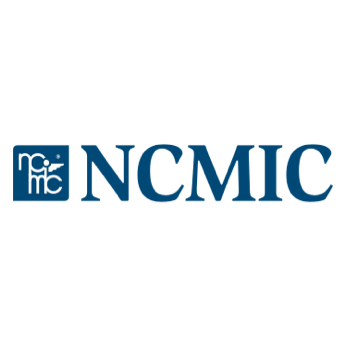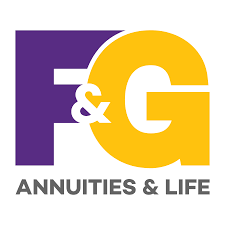Jobs Act provides Roth 401(k) transfer option

Under a provision of the Small Business Jobs Act of 2010, employees can now convert retirement assets from their traditional 401(k) plans to their company’s Roth 401(k) plans. The conversion option may give employees access to lower-cost investment options while enabling them to diversify their retirement funds into taxable and non-taxable buckets, experts say.
“Previously, plan sponsors had the choice of allowing the contributions to be made as either before-tax (to a traditional 401(k)) or after-tax (to a Roth 401(k)),” said Greg Burrows, senior vice president of retirement and investor services with Principal Financial Group Inc. “What’s different here is the ability to take the before-tax contribution and to recharacterize it.”
The provision, part of the legislation that was signed into law in September, also applies to 403(b) retirement plans offered by nonprofit organizations, and beginning in 2011, it will be extended to governmental employees’ 457(b) plans.
In a traditional 401(k) plan, employees make pretax contributions, and those contributions, as well as employer matches, are taxed when the participant begins receiving distributions after retiring. Contributions and conversions to Roth accounts are taxed in the year they are made, but distributions after retirement are tax-free.
One purpose of the new provision is to stem “leakage” of assets from employer-sponsored retirement funds, said Tim Hawkins, president of The Masters Group Inc., a fee-only investment advisory firm in Ankeny. In some cases, he has advised clients to roll over traditional 401(k) assets into an individual Roth IRA, if their employer’s plan allowed it.
The new provision “certainly could be a good tool for certain employees to take into consideration,” Hawkins said, “because that’s where most people have a majority of their assets.”
To use the provision, however, employers must offer a Roth 401(k) plan as an option, and relatively few do. According to one estimate, Hawkins said, only about one-third of plans are offering a Roth 401(k) option, and only 7 percent of eligible employees have made contributions.
There are potential benefits to converting to a Roth 401(k) rather than a Roth IRA, among them lower transaction costs because employer accounts typically handle larger volumes of transactions than individual accounts, Burrows said. The Roth 401(k) also offers the protection of Employee Retirement Income Security Act (ERISA) rules that apply to employer-sponsored accounts.
From the government’s perspective, the Roth change was also intended to generate immediate tax revenues to offset the package of more than $12 billion in tax breaks included in the Small Business Jobs Act. Proponents claim the increased Roth 401(k) investments could generate up to $5 billion in additional tax revenues.
Individuals have the option of paying the tax due on the converted amount over two years, in 2011 and 2012.
Employers wanting to provide the conversion option must amend their plan documents, Burrows said. Among Principal’s retirement plan clients, about 25 percent currently offer employees a Roth 401(k) option, he said.
Of those, about half of eligible employees have made contributions to the Roth option.
Burrows said the inquiries from client companies about setting up new Roth 401(k) accounts have been “fairly modest in number.”
“I would say it’s very hard to speculate how much demand there will be, or what effect this will have on individuals,” he said. “There are a lot of things that people need to take into account. It’s a highly individual choice, and people should consult a tax planner if they’re considering it.”
More disclosure
Other changes regarding 401(k) plans are ahead. For several years, regulators and legislators have been studying whether investors can readily access information about the fees that are deducted from their accounts.
New regulations that will apply to plans by Jan. 1, 2012, will require companies to provide investors with information on administrative and investment fees charged to their accounts in their quarterly statements.
The regulations will also require 401(k) providers to give participants enough information to allow cost comparisons with other investment choices and a website with additional details.
“Participants really haven’t been confronted with the fees they pay,” said David Wray, president of the Profit Sharing/401k Council of America, in a recent Bloomberg article.
“While investors have been able to get many details on fees by request or by searching through paperwork, the difference here is that some of that information is going to be given to you whether you ask for it or not,” he said.
A separate Department of Labor rule, effective July 2011, will require many advisors to begin disclosing to their retirement plan fiduciary clients the fees they receive and the services they provide as well.

